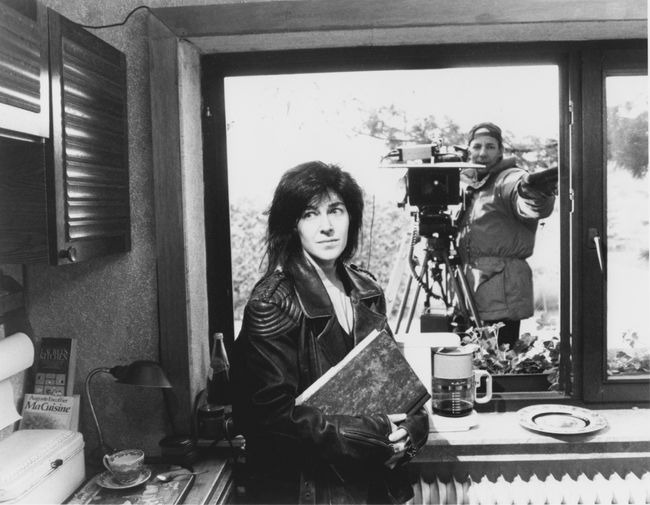Humour and Magic as a Weapon
15 January 2020
Maaike Gouwenberg about Kiluanji Kia Henda
Kiluanji Kia Henda (1979), who lives and works in Luanda and Lisbon, is an Angolan artist who, besides short films, also engages in performance, photography and sculpture. He constantly challenges himself to find other forms and new media for his stories. His work reflects on and responds to political events in his country to illustrate its relationship with (global) history and the future. Not just events from the recent past, such as the interminable civil war he during which he grew up, but early colonial stories are also a source of inspiration for his ironic, socially critical works.
Written by Maaike Gouwenberg
Kia Henda transforms his fascination for raw, confrontational truths into poetic, conceptual films. Often inspired by texts from authors and politicians from Angola such as Agostinho Neto, poet and Angola’s first post-independence president. However, the work of outsiders such as Ryszard Kapuściński, the Polish war correspondent who described the colonial regime’s dying days, also plays a major role. Magical elements make the serious content accessible and amusing. For instance, Havemos de voltar has a stuffed antelope as its protagonist who is frustrated by the fact she can no longer move and dreams of the nature she once lived in. Then she is taken to the disco. In There Is No Light Inside the Mirror, the shadow of the man in the story plays the lead – embodying the desire to cut away the past – while Concrete Affection – Zopo Lady seems to have had a spooky layer added thanks to Kiluanji’s specific image, editing and sound choices.
Kia Henda is self-taught, from a family of photography fans, and developed his artistry through music, experimental theatre and young artists’ collectives in Luanda. This visual and conceptual background is visible in his precise, often static camerawork. It strongly augments the complex texts in his films and the specific cinematography helps immerse the viewer in his sometimes absurdist, ironic tales.



